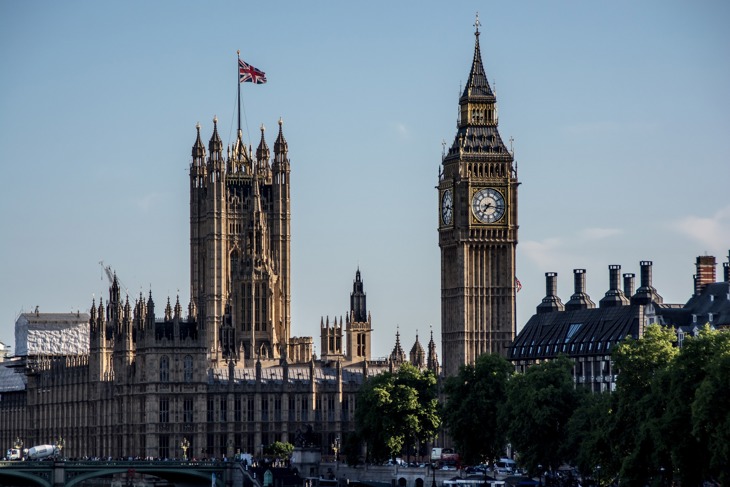 @Pixabay.
@Pixabay.
UK’s Chancellor of the Exchequer Jeremy Hunt presented the Autumn Statement to Parliament on 17 November, with plans to address the cost-of-living crisis and prioritise economic stability in the wake of chaotic U-turns earlier this year under his predecessor, Kwasi Kwarteng
In the statement, Hunt confirmed a large fiscal consolidation effort – a move that seeks to undo some of the damage wrought by former Chancellor’s mini-budget.
For insurance investors looking toward the budget announcement with hopes for increased stability, it remains to be seen how the new measures will actually stack up once implemented. Some are sceptical.
Energy, infrastructure, and innovation were clear priorities – particularly in light of the recently announced Solvency II changes.
Other areas of concern covered in the statement included economic growth, public borrowing and spending, taxes for individuals and businesses, climate and foreign aid, healthcare, and education – with the Statement announcing an increase to school funding and the NHS budget, borrowing cuts, personal tax threshold freezes, higher windfall taxes on electricity producers, added investment in energy-efficient homes, and one-off payments to some households.
Much of the effort, said Neil Mehta, Portfolio Manager at BlueBay Asset Management, has been pushed farther down the road – until after the next election in 2024, when he said he believed that Labour would likely be in power.
Hunt’s budget was more about mitigating reputational risk and regaining fiscal credibility, especially given this impending deadline. “As Hunt gives with one hand,” Mehta said, “he takes with the other, arguing inflation is more wicked than taxes, yet holding down tax thresholds which in itself is a massive inflation tax on the public.”
Expected borrowing was also cut, and a clearer and more targeted energy policy was set out to begin in March 2023. For now, it seems the fiscal priority is cultivating a growth-minded outlook, with increased spending in in health and social care and schools paid through tax rises on high earners and employers.
“Real disposable incomes will fall 7% over next two
years, down to 2013 levels.”
Mehta added that, for individuals and businesses, the future looks bleak. “The numbers from the Office of Budget Responsibility’s (OBR) analysis were staggering. Real disposable incomes will fall 7% over next two years – the biggest fall on record, down to 2013 levels.”
This means that the UK’s prospects will likely be rocky in the coming year-and-a-half, which is expected to be reflected in the pound. A falling pounds could mean fewer options for British investors who see the Stirling not going as far as it has previously and curtailing some ambitions.
Several firms backed the changes as a way of securing more income for investment, said Legal & General's statement on the changes. "We believe the proposals represent positive progress and will allow us greater flexibility to make appropriate investments, including ones which: develop new infrastructure, contribute to the UK government's levelling-up agenda, and support positive climate outcomes,” they added.
Solvency II changes were also announced.
Because of the 60-70% reduction to risk margin for long-term life insurers and the 30% reduction in risk margin for general insurers, a large amount of capital could be released.
"There is the potential for the industry to invest over £100 billion
in the next ten years in productive finance."
This means it will become easier for insurers to allocate that money elsewhere, likely toward areas such as social infrastructure and green energy supply – there is the potential for the industry to invest over £100 billion in the next ten years in productive finance.
A common challenge for insurers will now optimising return on Solvency II capital.
As interest rates and credit spreads increase, new opportunities are created to invest in liquid and illiquid fixed income strategies. Due to the ratio of yield to Solvency Capital Requirements (SCR), attractive asset classes under a Solvency II lens for fixed income could be: Small Medium Enterprise (SME) Loans, Insured Credit, and Dutch Mortgages on the illiquid side. On the liquid side, Global High Yield, EUR Corporates, and EUR and USD Sovereign bonds look attractive.
Public and private sector trends after the Autumn budget announcement include an increasing focus on responsible investing, risk management due to market volatility, and optimising returns on Solvency II capital by assessing assets across the spectrum.